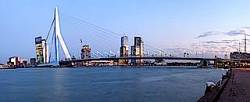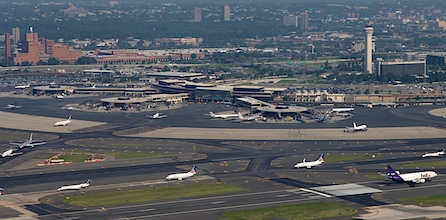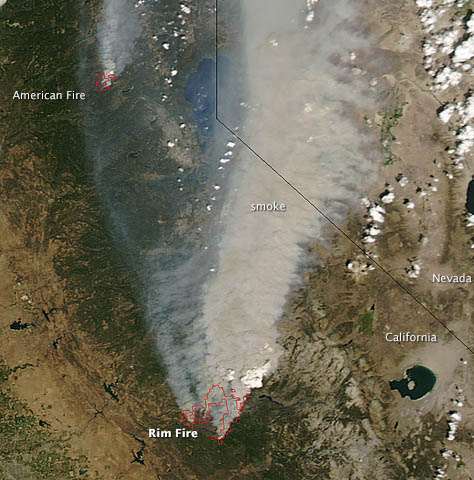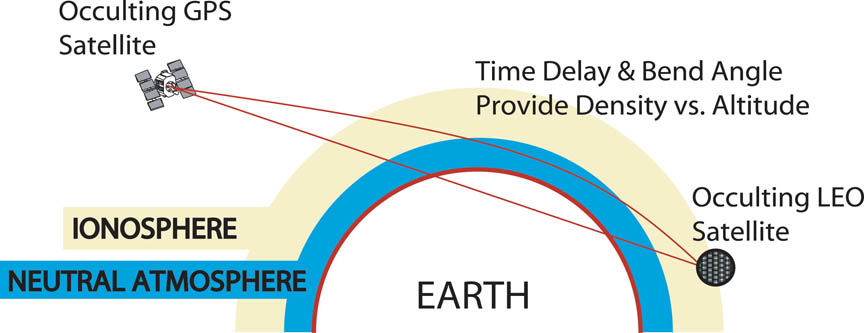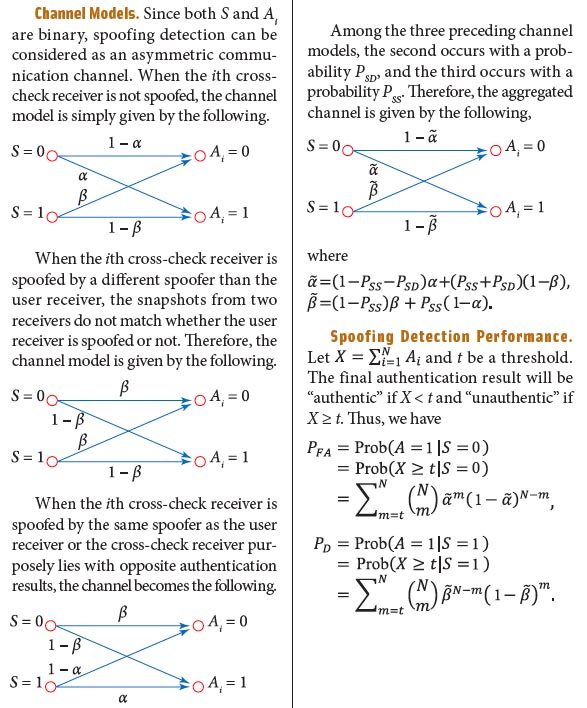UAV Operations in National Air Space Advance as Privacy Fight Heats Up
Significant progress has been made in integrating two classes of small, unmanned aircraft into the national air space (NAS), an area of considerable interest for GNSS companies whose products provide navigation and guidance for many of the unmanned systems.
By Dee Ann Divis







